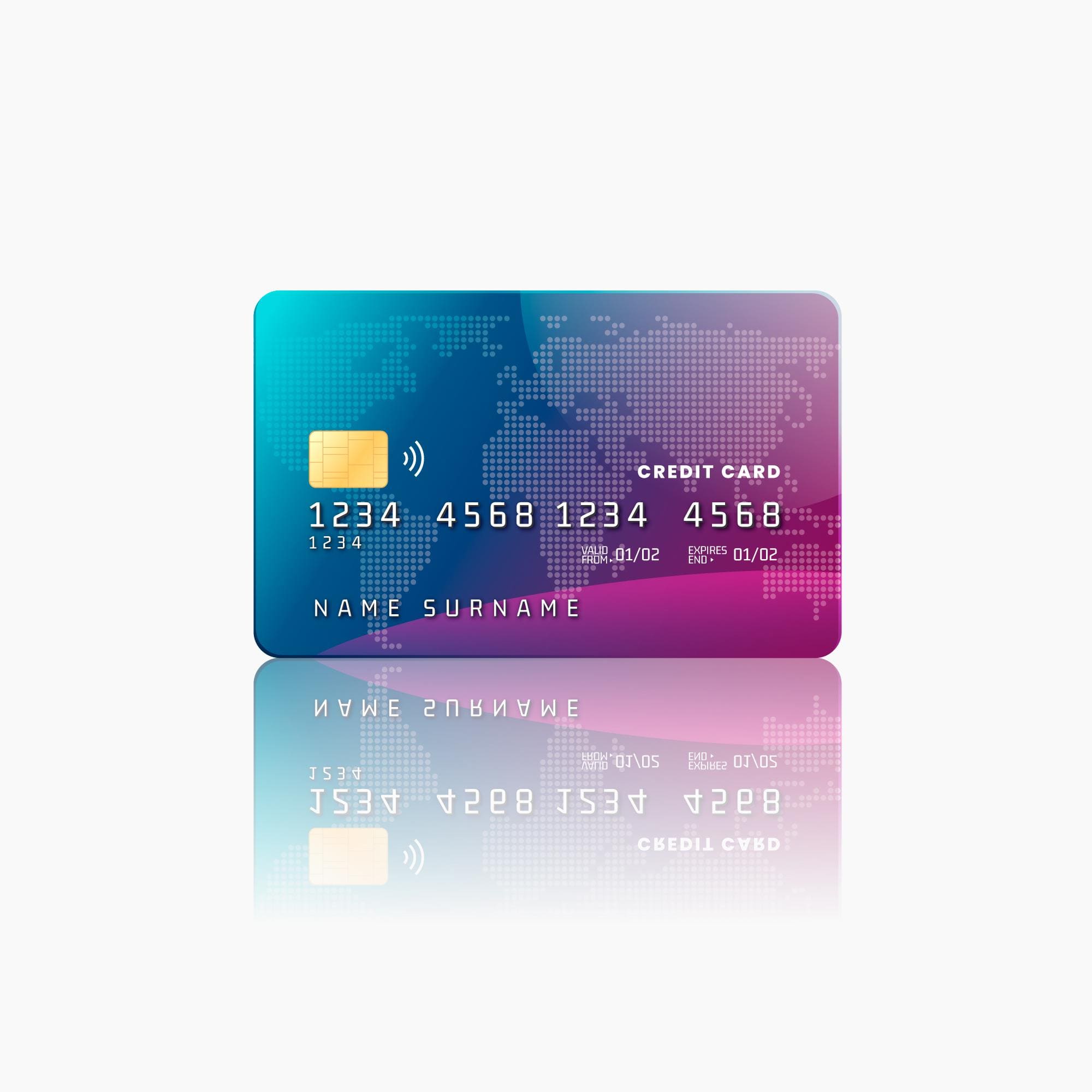Fraud Prevention and Security Upgrades Across US Credit Cards
The landscape of credit card security in the United States is undergoing a revolutionary transformation as financial institutions deploy advanced fraud prevention technologies to combat increasingly sophisticated criminal tactics that cost the industry billions annually while simultaneously enhancing user experience through seamless authentication methods.
EMV Chip Technology Implementation and Impact
EMV chip technology represents one of the most significant security upgrades in US credit card history, dramatically reducing counterfeit fraud by generating unique transaction codes that cannot be duplicated for future purchases unlike the easily-cloned magnetic stripe data.
The migration to chip cards has shown remarkable results across the American financial landscape, with Visa reporting a 76% decrease in counterfeit fraud at chip-enabled merchants since the technology’s widespread adoption began in 2015.
Artificial Intelligence and Machine Learning Fraud Detection
Financial institutions are leveraging sophisticated AI algorithms that analyze transaction patterns in real-time, identifying anomalies that might indicate fraudulent activity with significantly greater accuracy than traditional rule-based systems that relied on predefined parameters.
These machine learning systems continuously improve by processing billions of transactions, learning to distinguish between legitimate consumer behavior and potential fraud attempts while reducing false positives that previously caused unnecessary cardholder frustration during legitimate purchases.
The implementation of these intelligent systems has enabled card issuers to prevent an estimated $23 billion in fraud annually while simultaneously reducing customer friction, as these technologies can assess risk factors in milliseconds without interrupting the transaction flow.
Biometric Authentication Advancements
Fingerprint sensors, facial recognition, and voice authentication are rapidly becoming standard security features across US credit card platforms, creating multiple layers of protection that are extremely difficult for fraudsters to circumvent compared to traditional PIN or signature verification methods.
Major card issuers including Chase, American Express, and Capital One have integrated biometric authentication into their mobile payment applications, allowing cardholders to authorize transactions through inherently unique biological characteristics rather than easily compromised passwords or PINs.
The adoption rate of biometric authentication methods has increased by 45% among US cardholders in the past three years, reflecting growing consumer confidence in these technologies as both secure and convenient alternatives to conventional verification processes.
Tokenization and Digital Wallet Security
Tokenization technology has revolutionized digital payment security by replacing sensitive card information with randomly generated tokens that become worthless if intercepted, effectively nullifying the value of stolen data while maintaining seamless transaction experiences for legitimate users.
Major payment networks including Visa, Mastercard, and American Express have standardized tokenization across their platforms, ensuring that actual card numbers remain securely stored while merchants and payment processors work exclusively with temporary, transaction-specific tokens.
The implementation of tokenization in conjunction with digital wallets like Apple Pay, Google Pay, and Samsung Pay has created multiple security layers that protect cardholder data both during transactions and when stored by merchants, significantly reducing the effectiveness of data breaches.
Real-Time Fraud Alerts and Customer Controls
Modern credit card security systems now provide instantaneous transaction notifications through text messages, emails, and push notifications, allowing cardholders to immediately identify and report unauthorized charges before multiple fraudulent transactions can occur.
Card issuers have developed sophisticated mobile applications that enable customers to temporarily freeze their accounts, set spending limits, restrict geographic usage, and control merchant categories—effectively giving consumers unprecedented control over how and where their cards can be used.
These real-time monitoring systems have proven remarkably effective, with studies showing that cardholders who utilize instant alerts identify fraud up to 67% faster than those relying on traditional monthly statement reviews, dramatically reducing the financial impact of compromised accounts.
 Fonte: Pixabay
Fonte: PixabayConclusion
The evolution of credit card security across US financial platforms represents a sophisticated response to the increasingly complex threat landscape, combining multiple layers of protection from EMV chips and tokenization to biometric authentication and AI-powered fraud detection systems.
These technological advancements have fundamentally altered the security equation in favor of consumers and financial institutions, creating robust protective measures that adapt continuously to emerging threats while maintaining the convenience and accessibility that cardholders expect from modern payment systems.
The collaborative approach between card networks, issuing banks, technology providers, and regulatory bodies has established a security framework that not only addresses current vulnerabilities but also anticipates future challenges, ensuring that US credit card platforms remain at the forefront of payment security innovation worldwide.
Frequently Asked Questions
How effective are EMV chips in preventing credit card fraud?
EMV chips have reduced counterfeit fraud by over 75% at chip-enabled merchants since widespread US adoption, as they generate unique transaction codes that cannot be duplicated for future fraudulent purchases.What biometric authentication methods are currently available for credit cards?
Current biometric options include fingerprint sensors embedded in physical cards, facial recognition and fingerprint authentication in mobile payment apps, voice verification systems, and behavioral biometrics that analyze typing patterns.How does tokenization protect my credit card information?
Tokenization replaces your actual card number with a randomly generated substitute value (token) during transactions, ensuring merchants never store your real card details and making stolen information useless to potential fraudsters.Can I control where and how my credit card is used?
Most major US card issuers now offer mobile apps and online tools that allow you to set geographic restrictions, merchant category limitations, spending thresholds, and temporary card freezes for enhanced security control.How are artificial intelligence and machine learning improving fraud detection?
AI and machine learning systems analyze billions of transactions to identify suspicious patterns, learn from new fraud techniques, adapt in real-time, and reduce false positives—detecting fraud faster and more accurately than traditional methods.


